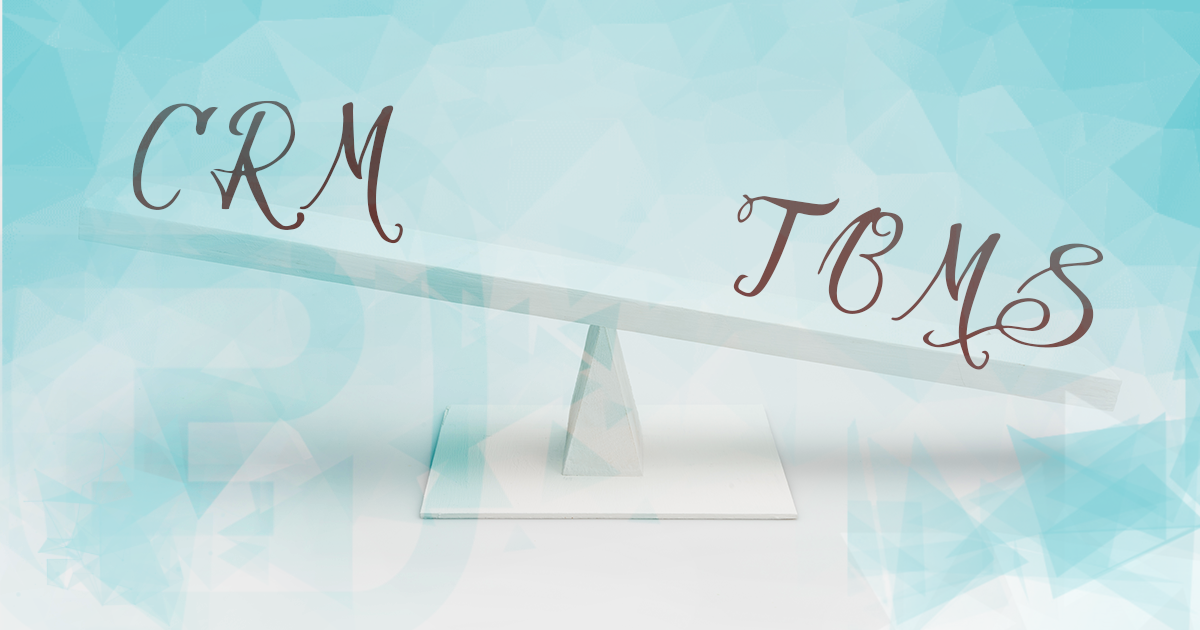
When choosing a business management system, translation companies often call it CRM. But this is not right: the term CRM does not cover the entire functionality of a business management system. We will explain the difference between the two.
What is CRM?
CRM stands for Customer Relationship Management.
They are designed to track sales. When you find a potential customer, you enter information about them into the system, and then you record every action taken and assign tasks in a bid to make a sale. Each client is recorded as a potential sale, and after going through several stages (the so-called sales funnel), it ends either with a sale or non-sale.
With CRM systems you can see the whole picture: what percentage of potential sales are successful, how much clients pay on average, what the average income is per sale, etc.
There are no CRM systems on the market designed specifically for translation agencies (at least we are not aware of them). The reason for this is simple: the sale of translation services is not much different from the sale of any other services and goods. The sales funnel is the same everywhere, as is the process by which potential customers are managed and sales recorded. The nature of your business does not really matter — translations, online training or the sale of confectionery. Therefore, if you need a system only to manage sales in your translation agency, it makes sense to choose one of those already available on the market.
If the negotiations were a success and you received an order for a translation, there is no further need for the CRM system: it has fulfilled its role. It cannot help you with project management in any way: you cannot use it to record new projects, distribute work between translators, keep track of finances, create accounts for translators, integrate with CAT tools, etc.
The lack of such functions is not a disadvantage of CRM systems, as they are simply intended for a different purpose. TBMS (Translation Business Management Systems) are designed for translation agency project management.
What is a business management system?
Business management systems are more complex and multi-functional than CRMs. They can include a CRM module and so include CRM functions, but they have much more extensive capabilities. They, for example, allow you to:
- maintain a database of clients and translators with rates
- create commercial offers for customers
- basically, manage projects
- assign work to translators through their personal accounts
- automate the workflow process (for example, translation — editing — proofreading — layout)
- keep track of finances (expenses and income) for each project
- manage files — for example, send them to translators and receive translated files from them
- create invoices and keep a record of payments made
- generate financial reports on company activities
- integrate with CAT tools.
So, while salespeople work mainly in CRM systems, everyone in a translation agency works in business management systems: the director, salespeople, project managers, accountant, HR manager, translators, etc. In fact, this is the central point from which a translation agency is managed.
Does the TBMS eliminate the need to have a CRM?
It depends on the functionality you require.
Modern CRM systems are capable of performing many highly specialised functions that are not needed in TBMS systems such as IP-telephony or tracking marketing activity. However, most users of CRM systems simply keep lists of potential customers and simple sales funnels. This simplified CRM functionality is available in many out-of-box translation business management systems.
Connecting a TBMS and CRM
If you need both specialised CRM functions and broad TBMS capabilities, then in some cases you can connect the corresponding systems through an API. This means you can synchronise data processing, automate their transfer and avoid the need to enter the same information twice.
To find out if this is possible, you should study the materials for both systems or contact their developers.

.png)
.png)
.png)

